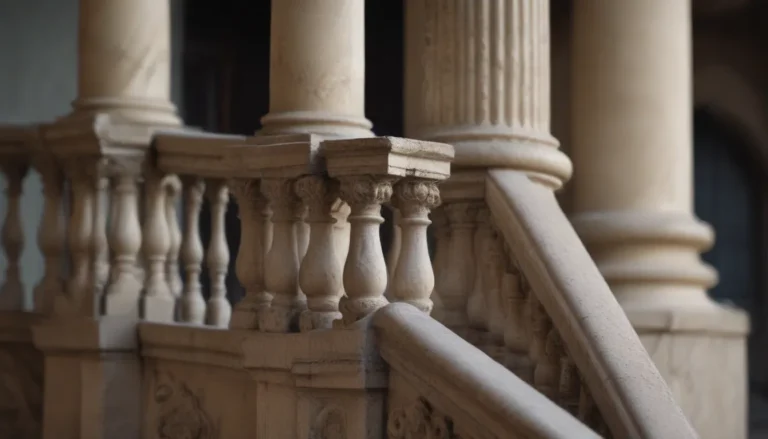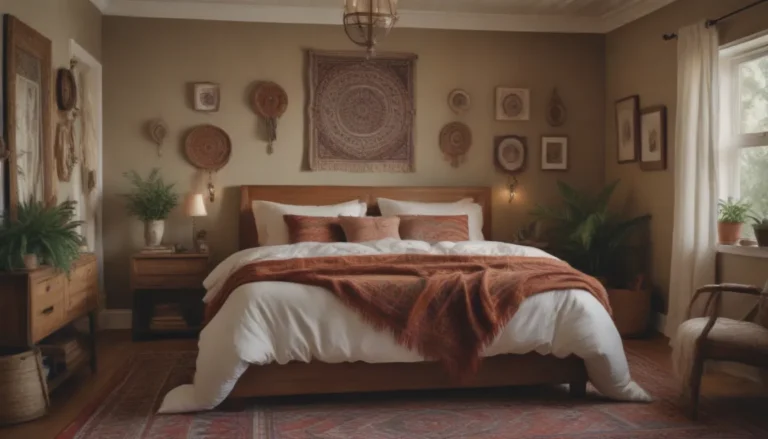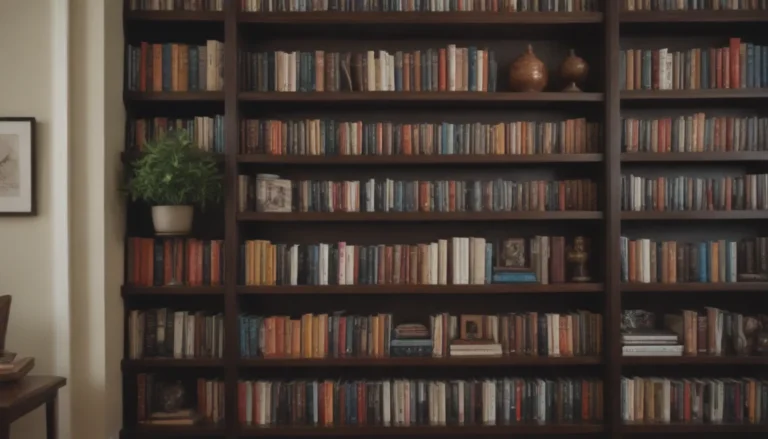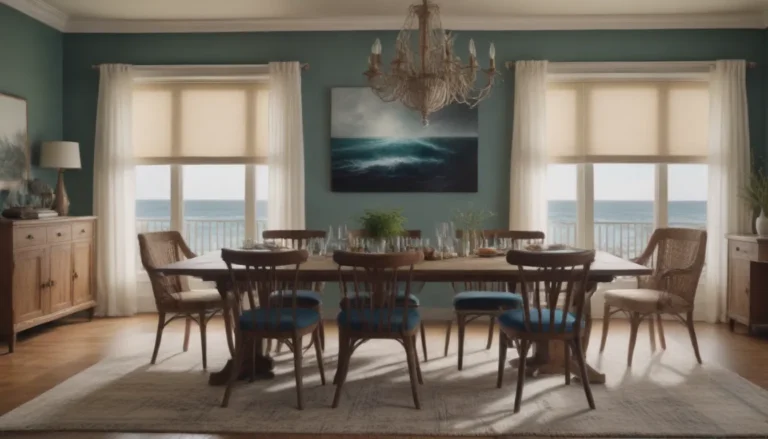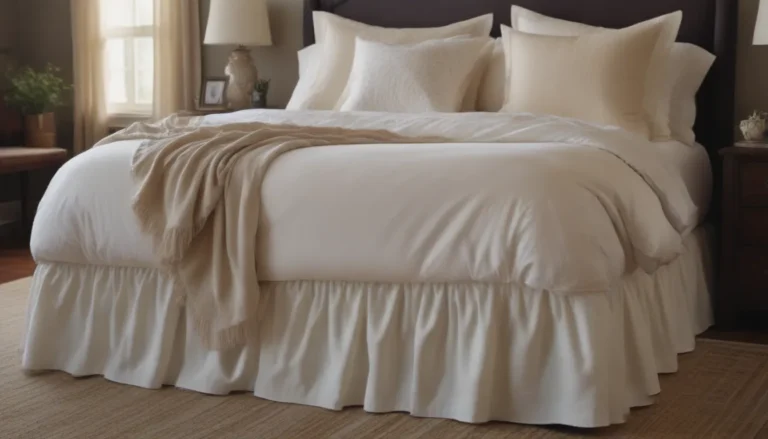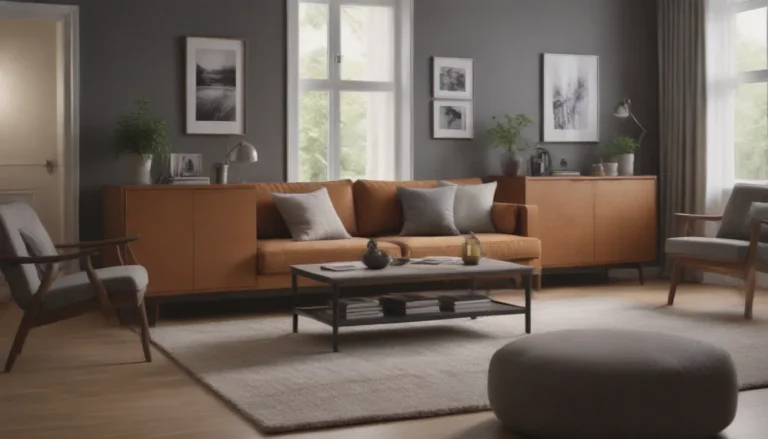The Intriguing World of McMansions: What You Need to Know

Introduction
Welcome to the fascinating world of McMansions! If you’ve ever driven through a suburban neighborhood and marveled at those oversized homes that seem to defy all architectural logic, then you’ve come to the right place. In this in-depth article, we will delve into the history, key characteristics, and criticism surrounding these controversial dwellings.
What Exactly is a McMansion?
A McMansion is a term used to describe a particular type of large, cookie-cutter home that has become synonymous with American excess. These homes are often criticized for their lack of architectural integrity, excessive size, and questionable construction. Think of them as the fast food of the housing world—mass-produced, generic, and not always built to last.
History of McMansions
The origins of the McMansion can be traced back to California in the 1980s, a time of questionable taste and booming economic prosperity. However, it was during the subprime mortgage crisis and subsequent Great Recession that these homes truly reached their peak. Developers began tearing down modest, charming properties and replacing them with oversized monstrosities that dominated the landscape.
During this time, McMansions were often a mishmash of different architectural styles, creating a disjointed and chaotic aesthetic. While they were once a symbol of wealth and status, their popularity began to wane as the housing market crashed and countercultural movements like the tiny house trend gained traction.
Key Characteristics of McMansions
So, what exactly sets McMansions apart from traditional homes? Here are some key characteristics to look out for:
- Excessive Size: McMansions are known for their large, sprawling layouts that often dwarf neighboring houses.
- Poor Architectural Integrity: These homes often lack cohesion in design, combining various styles in a haphazard manner.
- Dubious Construction: McMansions are sometimes criticized for their cheap materials and shoddy workmanship.
Criticism of McMansions
Critics of McMansions argue that they are a blight on the American landscape, contributing to environmental degradation and wasteful land use. Architecture critic Kate Wagner of the popular McMansion Hell blog is a vocal proponent of this view, highlighting the negative impact of these homes on communities and the planet.
While some families may enjoy the luxury of having multiple bathrooms and spacious living areas, critics point out that this can come at the expense of family togetherness and sustainability. McMansions are often energy-inefficient, promoting excessive energy use and contributing to the climate crisis. In an age where sustainable architecture is gaining momentum, McMansions represent the antithesis of this movement.
The Rise of McModerns: A New Generation of Supersized Homes
As the popularity of McMansions has waned, a new trend has emerged in the form of McModerns. These updated versions of the supersized home cater to a younger, more design-conscious audience, with a focus on clean lines, open spaces, and modern amenities. Popular among Millennials, McModerns offer a fresh take on the oversized home trend, combining luxury with contemporary design.
Conclusion
In conclusion, McMansions may have fallen out of favor in recent years, but their legacy lives on in the form of McModerns and other oversized homes that continue to shape the American housing landscape. While these homes may have their critics, they remain a fascinating and polarizing aspect of contemporary architecture. Whether you love them or hate them, there’s no denying the impact that McMansions have had on suburban neighborhoods across the country.
